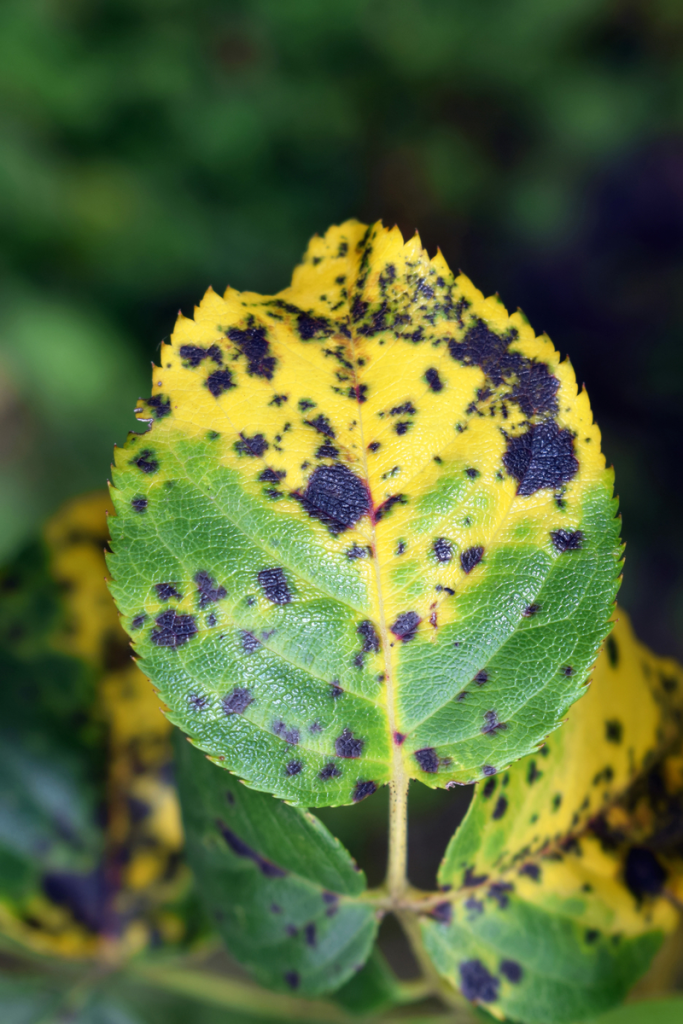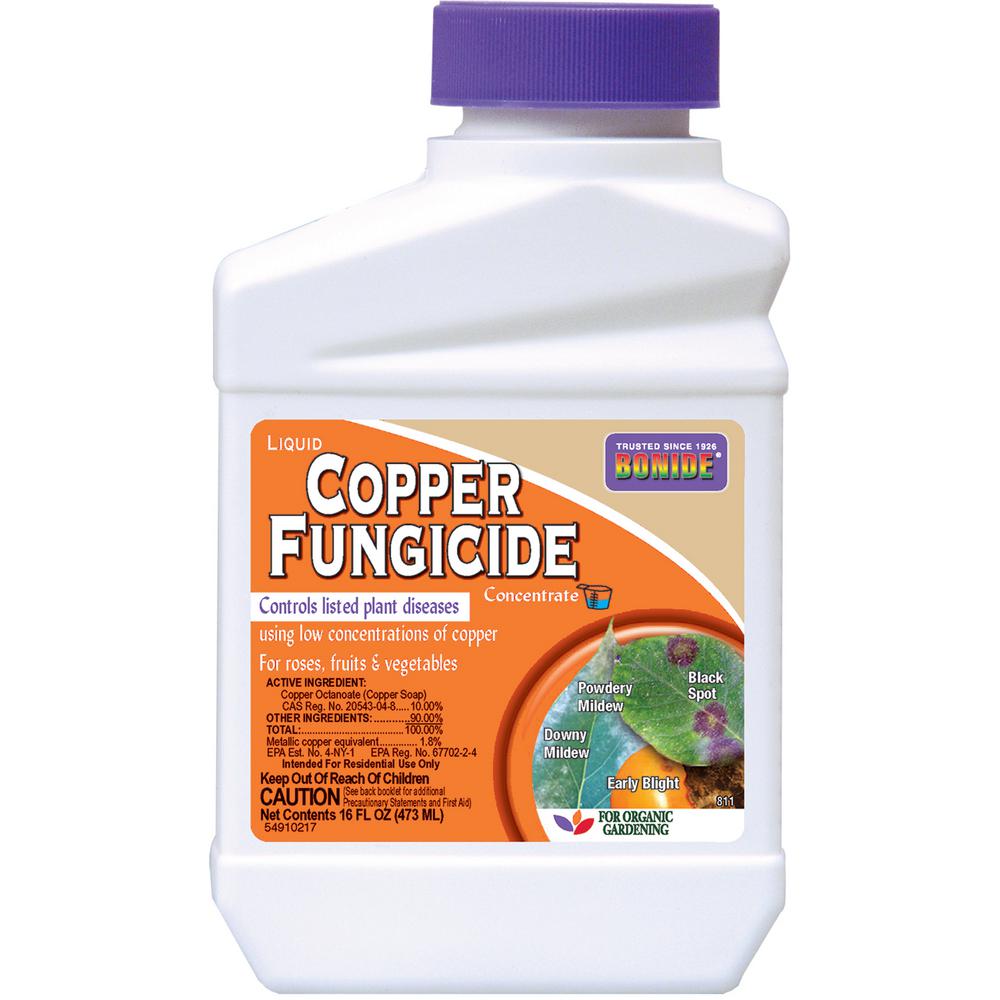
Have you ever walked out into your yard and saw something a little off with your roses? Maybe a little leaf curl here, a little black spot there?
Black spot is one of the most common diseases of roses. It is caused by a fungus, Diplocarpon rosae, which infects the leaves and greatly decreases plant vigor.
Certain environmental factors can lead to Black spot being more prevalent in certain areas of the country. Here in the Pacific Northwest (PNW), with its mild temperatures and high humidity environment, Black spot is common. Black spot usually becomes very apparent in the spring and fall when warm days and humidity is abundant. Optimal temperatures for black spot growth is between 68 and 85 degrees Fahrenheit. The fungus is extremely genetically diverse and new strains arise rapidly. Unfortunately, this means that the resistance bred into new cultivars usually fails to last because new strains of the fungus arise to overcome it. Further, it means that constant vigilance is necessary to prevent its spread to other plants once it has established itself.
How do we keep it off of our roses?
First and foremost, is taking preventative measures:
- Remove dead foliage from the surrounding area to prevent overwintering environments;
- Remove any cane or leaves that exhibits signs of black spot;
- Treat the plant with fungicide to help prevent black spot spores from duplicating and spreading.
- Make sure that your rose plants have adequate nutrients and water to allow the plant to maintain its natural immune defenses.
If you already see black spot on foliage or canes, you can take the same steps as above, but know that this is a disease that must be acted upon quickly.
A copper fungicide spray goes a long way to helping a plant eradicate black spot. Our favorite is Bonide as it is quick and effective.

We also like to mix mint and tea tree oil in a mix with water to help keep bugs (especially aphids) away in early spring. If you have special solutions you use, feel free to share in the comments below.